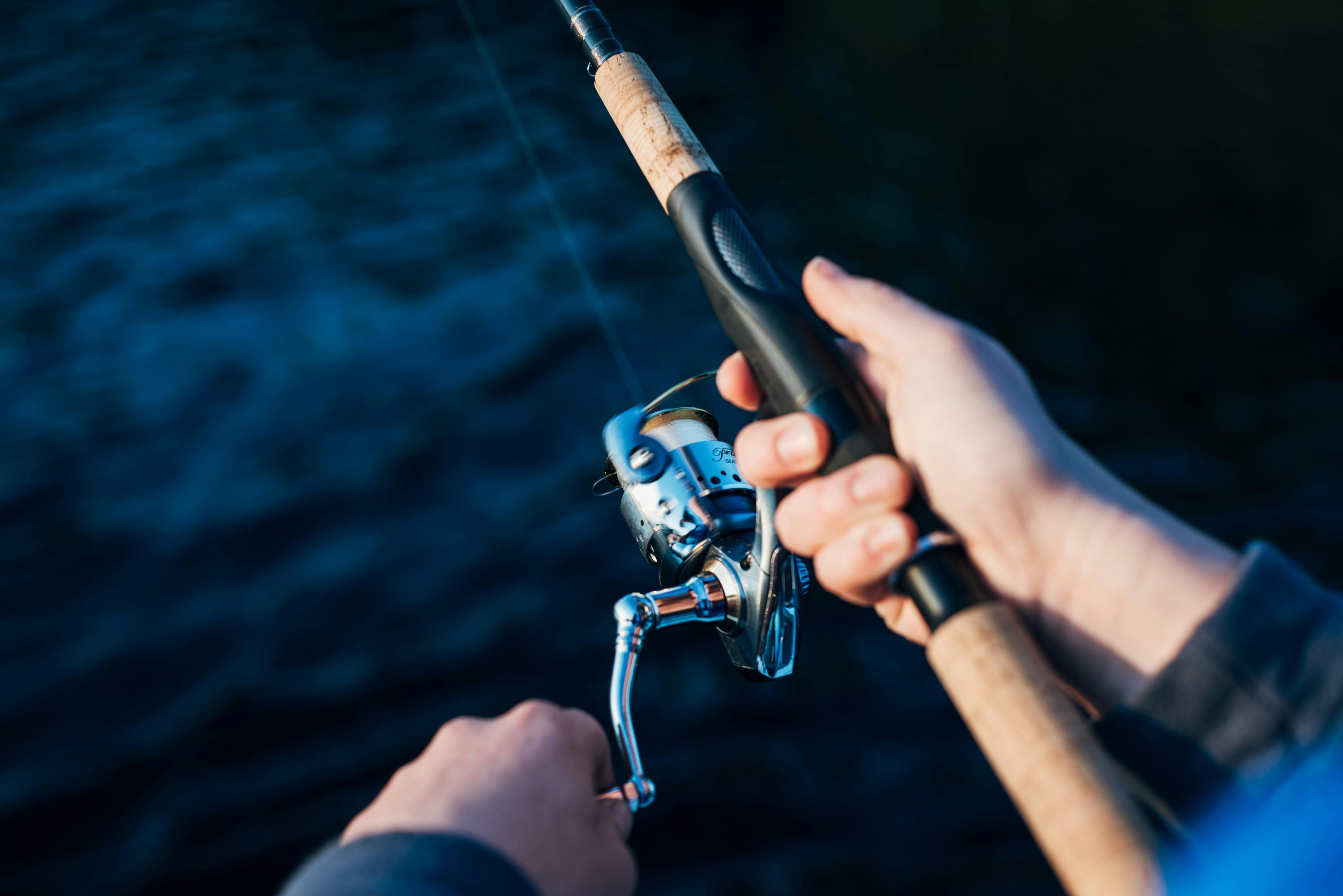
Smart Ways to Care for a Money Tree in 2025 for Optimal Growth
Money trees, known scientifically as Pachira aquatica, are not only visually appealing but also symbolize good fortune and prosperity. Caring for a money tree can be quite rewarding, as it grows beautifully with the right conditions and maintenance. Proper money tree care involves understanding its unique needs, which include appropriate watering, light exposure, humidity levels, and soil types. In this article, we delve into effective methods and smart tips for nurturing your money tree, ensuring it thrives in both indoor and outdoor environments.

From watering schedules to ideal soil conditions, we will explore a comprehensive money tree care guide that will help ensure your plant remains healthy and lush throughout the year. You'll learn about essential nutrients, common pests to watch out for, and the signs of a thriving money tree. Whether you're a beginner or an experienced indoor gardener, this article will provide valuable insights tailored for your specific needs. Let's get started with the fundamentals of money tree care.
Essential Tips for Effective Money Tree Watering
Building on the basics of money tree care, one of the most critical aspects is understanding how to properly water your money tree. The right water requirements can significantly impact its overall health and growth.
Creating a Money Tree Watering Schedule
Establishing a consistent watering schedule is paramount for money tree maintenance. Typically, watering every two to three weeks is adequate, allowing the soil to dry out between sessions. However, variations in soil and environmental conditions may dictate adjustments. For example, during hotter months, you might need to water more frequently to prevent the tree from drying out.
Understanding Money Tree Water Needs
Money trees prefer to be slightly on the drier side; overwatering can lead to root rot—a common pitfall for many plant owners. A good rule of thumb is to water once the top inch of the soil feels dry. Use your fingers to check the soil moisture level and ensure the plant isn’t sitting in waterlogged conditions.
Watering Techniques for Optimal Drainage
To encourage optimal drainage, consider using pots with drainage holes. This allows excess water to escape, reducing the risk of root rot. Furthermore, you can enhance drainage by incorporating materials like perlite into the soil mix to promote airflow around the roots.
Understanding Money Tree Soil Requirements
With watering addressed, we can delve into the next essential factor: soil selection. The right soil mix will support healthy root growth and nutrient uptake.
Choosing the Right Soil Mix for Money Trees
A well-draining potting mix is crucial for money tree care. A blend of peat, vermiculite, and perlite provides excellent drainage while retaining sufficient moisture. It's essential to ensure the soil has good aeration properties to prevent compaction, which can hinder root growth.
Testing Soil for Nutrient Levels
Conducting periodic tests of your soil can give insight into its nutrient content. This analysis will guide you in supplementing with fertilizers if necessary. Generally, money trees thrive best in nutrient-rich soils, so consider adding a slow-release fertilizer to your potting mix.
Common Soil Mistakes to Avoid
One of the common mistakes is using garden soil, which can become too compact and retain excessive moisture. Additionally, ensure that the soil pH is around 6-7, as money trees prefer slightly acidic to neutral soil.
Maximizing Money Tree Sunlight Exposure
Connected to the previous section, adequate sunlight is another crucial factor for optimal money tree health. Understanding money tree light requirements will help you position your plant correctly.
Ideal Light Conditions for Money Trees
Money trees thrive in bright, indirect sunlight. Direct exposure, especially in the afternoon, can lead to leaf scorch. Positioning your plant near a window that receives filtered light is ideal. If growing indoors, a location that is well-lit but shielded from harsh sunlight, like sheer curtains, works wonders.
Adapting Money Trees to Different Light Sources
If you notice your money tree growing leggy or tilted towards the light, it might be an indication that it needs more light. In such cases, consider rotating the pot regularly to allow even growth or supplementing with grow lights during darker months.
Signs of Insufficient Light Levels
Yellowing leaves or slow growth can signify that your money tree isn't receiving enough light. Monitor your plant's growth to make adjustments as necessary and ensure it remains vibrant and healthy.

Creating Ideal Humidity Levels for Money Trees
Similarly, humidity plays a significant role in maintaining a healthy environment for your money tree. These tropical plants thrive in higher humidity conditions.
Establishing Proper Humidity Levels
For optimal growth, aim for humidity levels around 40-60%. If your home is particularly dry, consider using a humidifier nearby or placing a tray of water near the pot to enhance moisture content in the air.
Humidity-Boosting Techniques for Healthy Growth
Regular misting can also help mimic the plant's natural environment. However, be cautious not to overdo it, as too much moisture on the leaves can promote mold growth.
Recognizing Symptoms of Low Humidity
Brown, crispy leaf edges often indicate insufficient humidity. If you observe these signs, take immediate action by adjusting your humidity levels to ensure your money tree continues to thrive.
Money Tree Pruning Best Practices
With your tree receiving proper care, another essential aspect is learning how to effectively prune your money tree for optimal growth and aesthetics.
Understanding When and How to Prune Your Money Tree
Pruning should be done when the plant shows signs of excessive growth or during repotting. Use clean, sharp scissors to trim back any dead or yellowing leaves, and shape the tree to encourage a bushier appearance.
Benefits of Regular Money Tree Maintenance
Regular pruning not only promotes bushiness but also helps in preventing pests and diseases. By removing unhealthy foliage, you enhance the overall health and vigor of your money tree.
Cautions While Pruning Money Trees
Always sterilize your equipment before use to avoid introducing contaminants. Pruning during the right season—typically spring—is essential for a healthy recovery and robust growth.
Identifying and Managing Money Tree Pests
Caring for your money tree extends to recognizing common pests and diseases that could threaten its well-being.
Common Money Tree Pests and How to Control Them
Regular visual inspections can help you catch potential pests early. Common pests include spider mites, mealybugs, and aphids. If detected, a gentle spray of water can often dislodge them, while insecticidal soap can offer effective treatment for larger infestations.
Preventive Measures for Healthy Money Trees
To minimize pest issues, avoid over-fertilizing and maintain proper watering practices. Soils that are too wet encourage pest infestation, remind you to watch your watering schedule closely.
Common Diseases and Their Treatments
Be aware of issues like root rot or leaf spot diseases, often stemming from poor watering practices. Address root rot early with drastic measures, such as repotting in fresh soil.
Money Tree Care FAQs
For those new to money tree care, addressing common frequently asked questions can enhance the overall understanding and maintenance of these beloved plants.
What Is the Ideal Temperature for a Money Tree?
Money trees prefer temperatures between 60°F to 75°F (15°C to 24°C). They generally do not thrive in colder environments, so avoid placing them in drafty areas.
How Often Should I Fertilize My Money Tree?
Fertilizing during the growing season, typically spring and summer, is recommended. Use a balanced liquid fertilizer diluted to half strength every 4-6 weeks for the best results.
What Are Signs of a Healthy Money Tree?
Healthy money trees exhibit rich green leaves, strong stems, and generally grow steadily. Leaves that retain their shape without browning or wilting are indicators of good health.
Caring for a money tree requires a balance of observation, proper techniques, and adjustments based on its needs. By implementing these smart care tips, you will foster a thriving money tree that brings joy and prosperity to your living space.